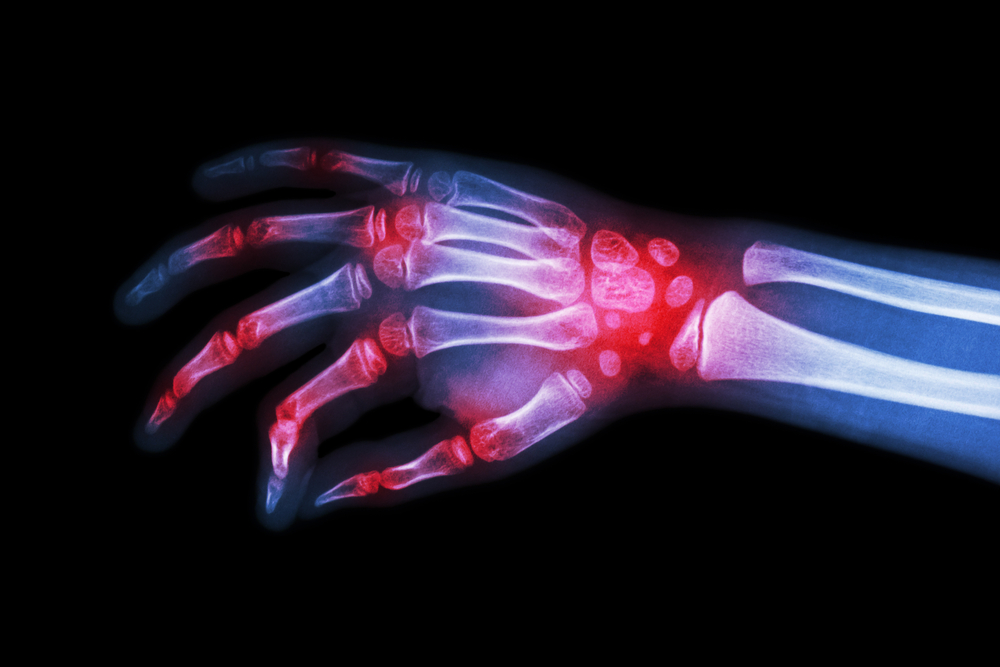
Health
The average teenager isn’t more physically active than sexagenarians, additionally, the only time period of life that activity levels will increase for many is between the ages of 20 and 35, in line with advantages . with the Johns Hopkins Bloomberg School of Public Health.
Published online latest research by inside the journal Preventive Medicine, the study discovered that from childhood to adolescence (ages 6 to 19), workout levels were significantly lower due to a later beginning of morning activity which overall activity levels declined again starting at age 35.
During young adulthood (between 20 and 30), total and light intensity activity increased by age. It started to stabilize starting at age 31 due to earlier initiation of morning activity, as outlined by senior author Vadim Zipunnikov, a helper professor inside Bloomberg School’s Department of Biostatistics, along with his colleagues explained of their study.
“Activity levels right after adolescence were alarmingly low, and by age 19, these people were just like 60-year-olds,” Zipunnikov said inside of a statement. “For school-age children, the principal window for activity was the time between two and 6 P.M.”
“So the large question is how do you modify daily schedules, in schools, for instance, to generally be more conducive to increasing physical exercise?” he added. “The objective of campaigns geared toward increasing work out has devoted to increasing higher-intensity exercise. Our study shows that these efforts should look into plenty of time of day as well as target increasing lower-intensity exercising and reducing inactivity.”
Males more active generally, yet not among older adults
As element of their research, Zipunnikov’s team analyzed data gathered in the National Health and Nutrition Examination Survey in 2003-2004 and 2005-2006. A total of 12,529 everyone was involved with the study, as well as every wore tracking devices that measured their activity levels C and conversely, how sedentary these were C each day.
The data was separated into five age categories: children (ages six to 11); adolescents (ages 12 to 19); adults (ages 20 to 29); adults at midlife (ages 31 to 59); and seniors (age 60 through age 84), the researchers said. Fifty-one percent were female, 49% were male.
Among the young adult group, really the only group through which a rise activity levels was spotted, they found that their activity was spread all through the entire day, tension became a noted rise in early-morning work out in comparison with adolescents. The authors believe this phenomenon is because of life transitions, for instance finding full-time employment.
Furthermore, the investigation also learned that males typically had higher activity levels than females, but they also experienced an early on lowering in activity levels by midlife. The type of aged 60 and above, males were more sedentary along with lower light-intensity activity levels compared to females.
—–
Image credit: Steinar Engeland/Unsplash













